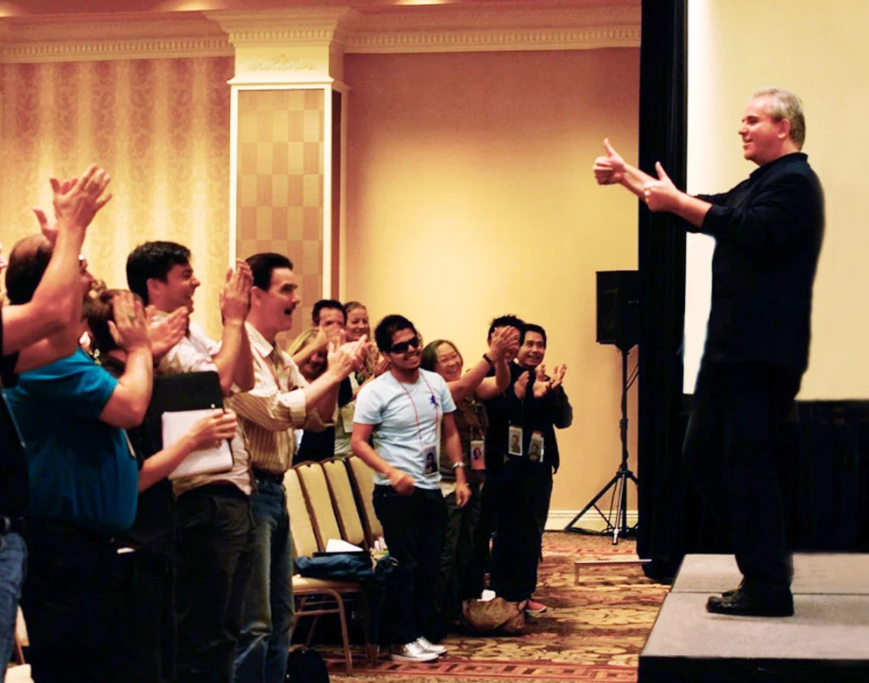The Power of Team Building Exercises: Boosting Trust, Collaboration, and Results
The Power of Team Building Exercises: Boosting Trust, Collaboration, and Results
Strong teams don’t just happen they are built with intention, communication, and shared experiences. That’s why team building exercises play such a vital role in modern workplaces. Whether you lead a small start-up or a large corporate department, the right team building exercises can transform a group of individuals into a cohesive, motivated team.
In this guide, we’ll explore the benefits of team building exercises, the most effective types, and how to make them work for your organisation.
Why Team Building Exercises Matter
In a busy work environment, it’s easy for people to focus only on their own tasks. But without trust and cooperation, productivity suffers. Team building exercises help bridge the gap by:
Encouraging collaboration and communication.
Building trust and stronger relationships.
Boosting problem-solving and creative thinking.
Improving morale and motivation.
Creating shared experiences that bring people closer together.
Done correctly, team building exercises aren’t just fun they’re strategic tools for long-term success.
Types of Team Building Exercises
The best team building exercises are chosen with a clear goal in mind. Here are four main categories:
1. Icebreaker Exercises
These help team members get to know each other.
Two Truths and a Lie: Simple and fun, ideal for new teams.
Human Bingo: Find colleagues who match different descriptions on a bingo card.
2. Problem-Solving Exercises
Designed to encourage creativity and teamwork.
Escape Room Challenges: Solve puzzles under time pressure.
The Marshmallow Challenge: Build the tallest structure with spaghetti, tape, and a marshmallow.
3. Trust-Building Exercises
Perfect for creating accountability and reliance.
Blindfolded Navigation: One person guides another through an obstacle course.
Human Knot: A physical challenge requiring patience and teamwork.
4. Fun and Bonding Exercises
Sometimes the goal is simply to relax and connect.
Office Trivia: Fun facts about colleagues or the company.
Volunteering Projects: Give back to the community while working as a team.
These team building exercises strengthen communication while also building morale.
Virtual Team Building Exercises
Remote work has created new challenges, but virtual team building exercises can keep people connected:
Virtual Coffee Chats: Randomly pair colleagues for informal conversations.
Online Trivia Games: Use platforms like Kahoot! or Zoom quizzes.
Digital Escape Rooms: Bring the excitement of problem-solving into a virtual space.
These online team building exercises help remote teams feel more engaged and included.
How to Make Team Building Exercises Effective
To get the best results, follow these tips:
Define your goals – Know whether you want to improve communication, trust, or creativity.
Keep it inclusive – Choose activities that everyone can participate in.
Debrief afterwards – Discuss what was learned and how it applies to work.
Make it regular – One-off events are good, but regular team building exercises create lasting results.
The strongest organisations are built on strong teams. Investing in team building exercises ensures people work together effectively, communicate clearly, and enjoy being part of the group.
From icebreakers and problem-solving challenges to volunteering and virtual activities, team building exercises go far beyond fun they are essential tools for creating trust, collaboration, and long-term success.





